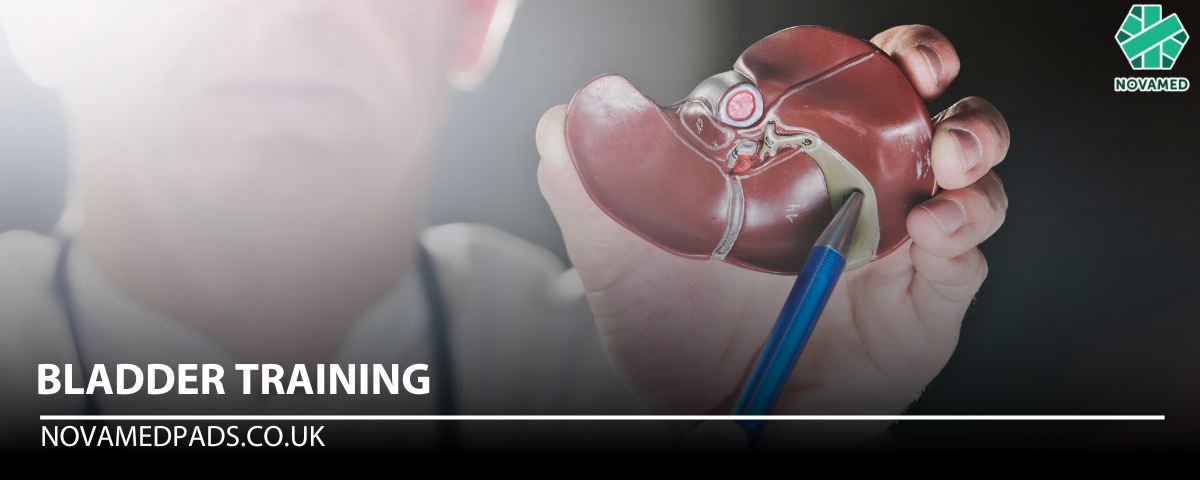
Bladder Training
Bladder training is a highly effective method to regain control of an overactive bladder. It helps by suppressing bladder contractions and gradually increasing the time between bathroom visits. If you experience the urge to pass urine frequently, instead of rushing to the toilet, bladder training encourages you to hold on for longer.
How to Start Bladder Training
One key goal of bladder training is to increase your bladder capacity over time. Here’s how you can begin:
- Set Regular Intervals: Start by passing urine every hour, whether you feel the need or not, from the moment you wake up until bedtime.
-
Distract Yourself from Urges: If you find it difficult to wait, try distracting yourself by:
- Sitting on your feet.
- Crossing your legs.
- Sitting on a rolled-up towel.
Gradual Progression is Key
It’s important to gradually increase the time between urinations. Stick to the set times and resist the urge to go outside those intervals. Below is a sample schedule for gradual bladder training:
- 1 hour for 3-4 days, or until mastered.
- 1 hour 15 minutes for 1 week, or until mastered.
- 1 hour 30 minutes for 1 week, or until mastered.
- Continue increasing by 15-minute intervals until reaching 3 hours.
By increasing intervals in this way, you can work towards improving bladder control over time.
Incorporating Pelvic Floor Exercises
In addition to timed intervals, pelvic floor exercises can be incredibly beneficial. These exercises help you suppress the urgency to urinate, particularly in situations like:
- Standing up after sitting.
- Hearing running water.
- Putting your key in the door.
How Long Does Bladder Training Take?
Bladder training is not a quick fix. It requires consistency and commitment, often taking up to 3 months before you start seeing significant results. However, with dedication, you’ll notice improvements, such as more good days with fewer urgent trips to the toilet.
Stay Committed: Overcoming Setbacks
During the training process, it’s normal to experience setbacks. You may have days when it feels more difficult than others. Don't be discouraged—bladder training is a gradual process, and over time, you’ll notice more success.
Final Tips for Successful Bladder Training:
- Stick to your set time intervals.
- Practice pelvic floor exercises daily.
- Don’t let setbacks discourage you—keep going!
By committing to this process, you'll regain control over your bladder and reduce the frequency of urgent bathroom visits.
Bladder and bowel incontinence may be caused by conditions which can be treated medically. Please consult your physician for medical advice and guidance.
Resources:




